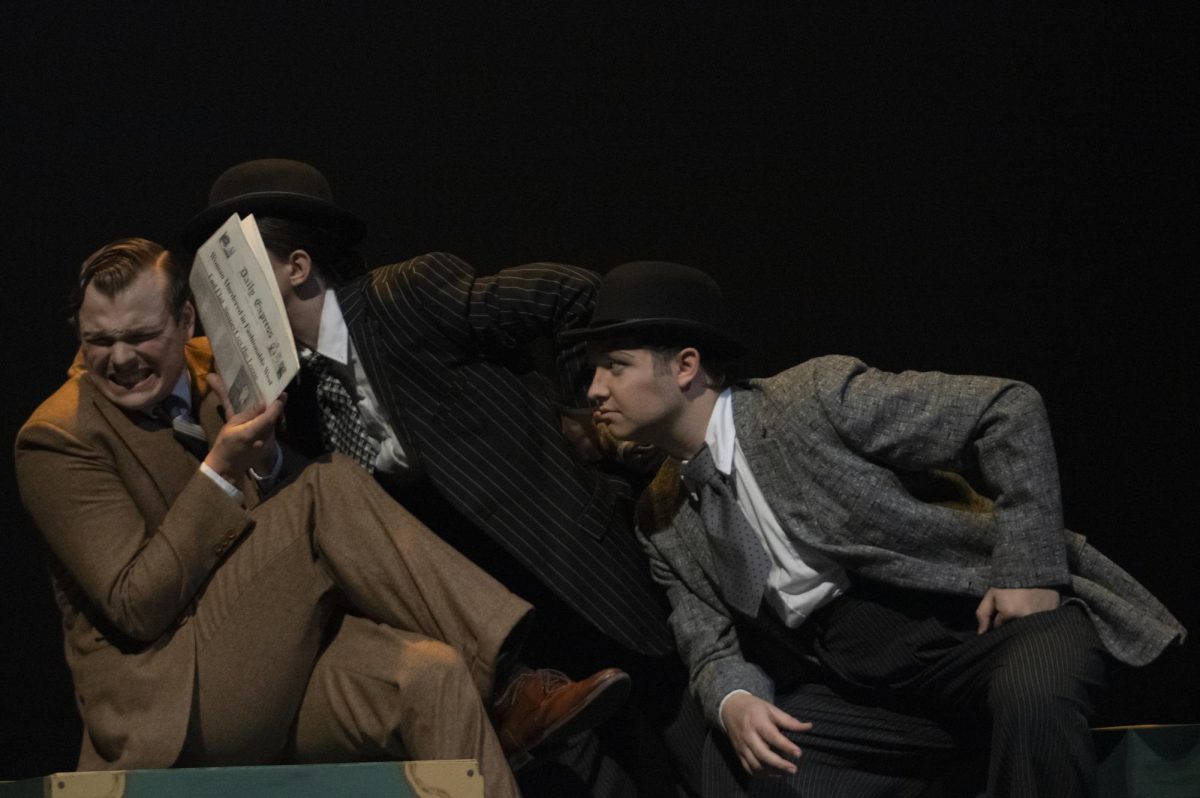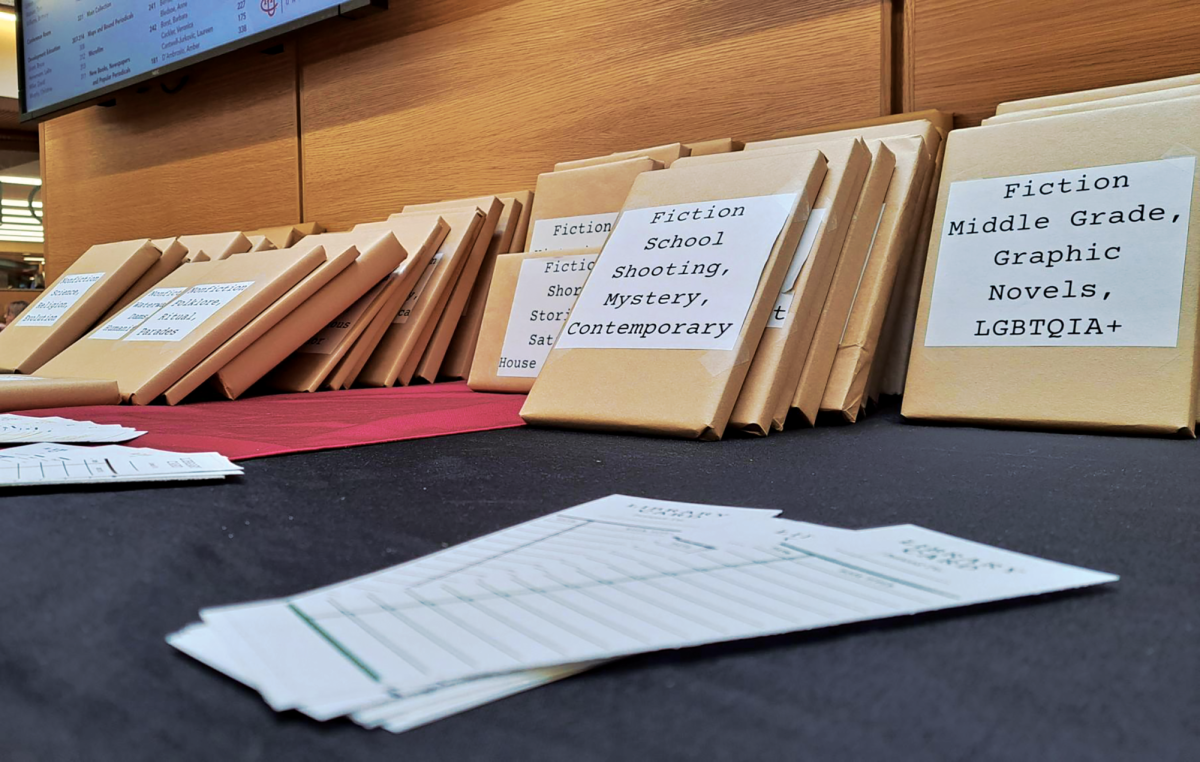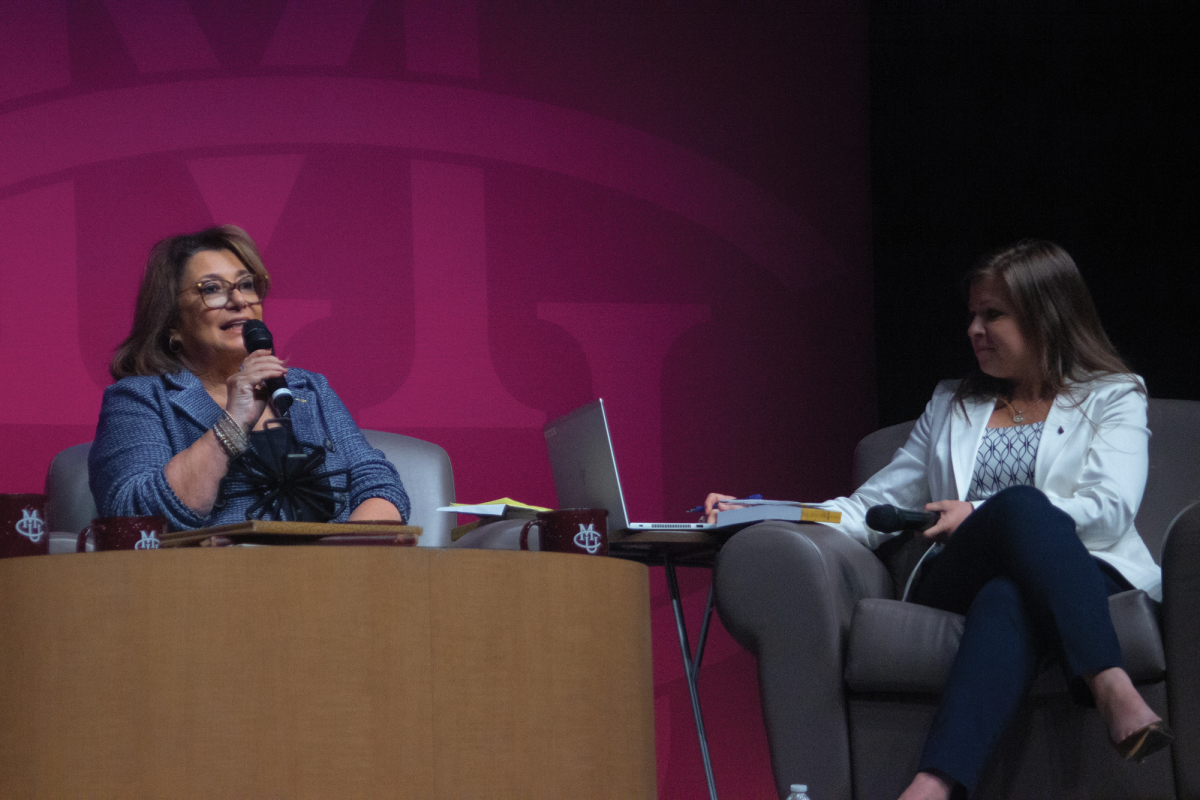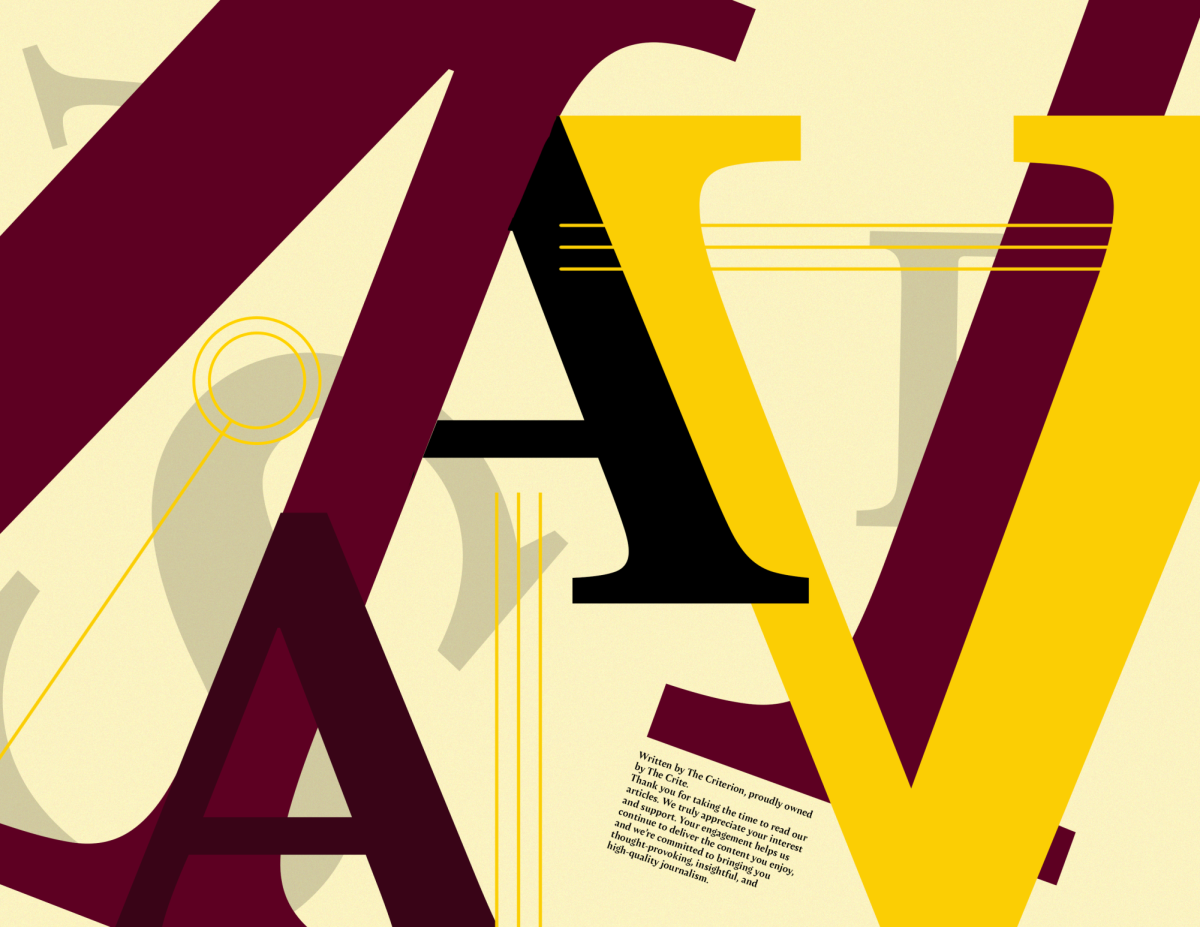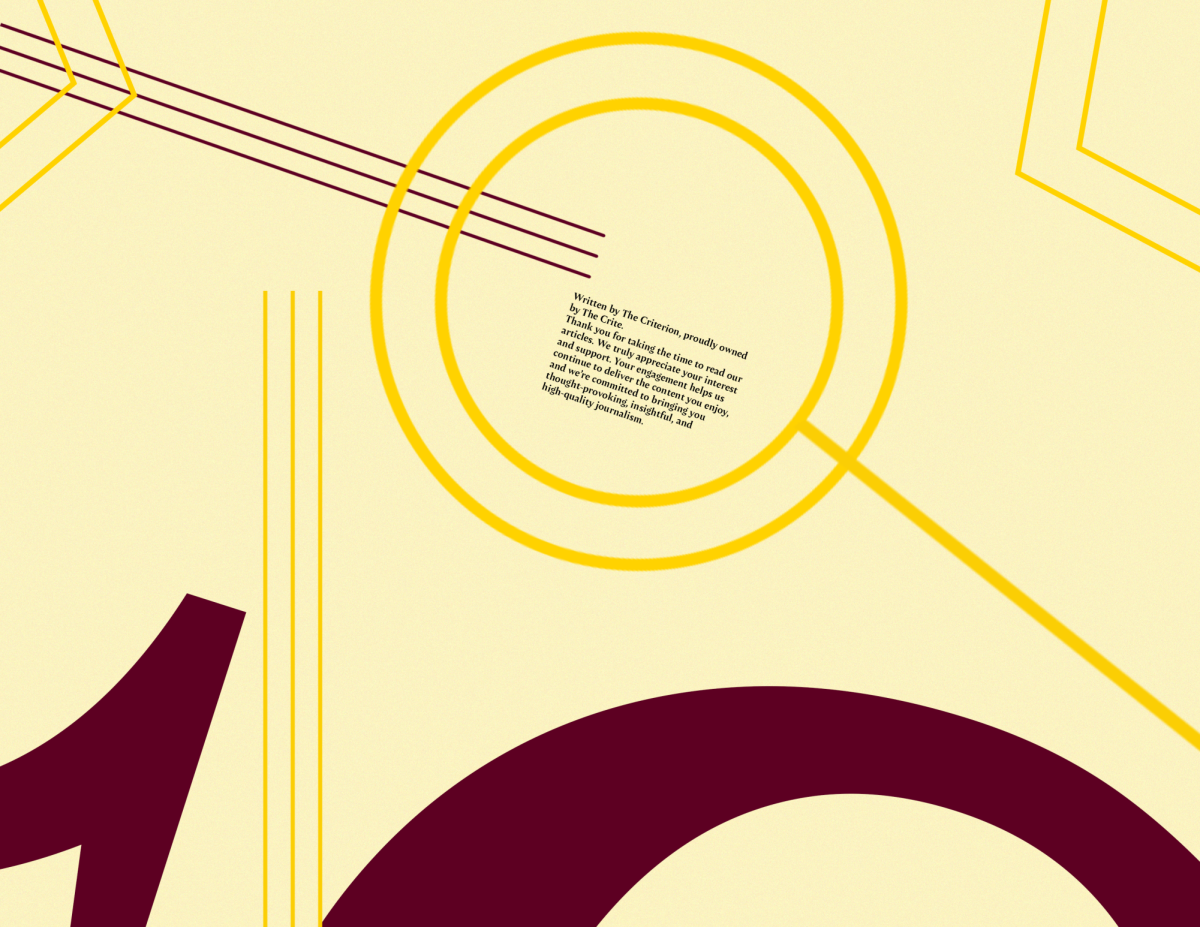Since 2008, the Maverick family has partnered with University of Colorado Boulder. The BA in mechanical engineering is not one of the degrees that Colorado Mesa University offers. Students pursuing engineering receive their degree from CU.
In 2012, there were only nine graduates from this program, but this past year, there were 25. The department is becoming more popular at CMU. The two colleges partnered to “expand engineering education on the western slope,” said Dr. Bower, director of CMU/CU Boulder Partnering mechanical engineer program.
The program begins with the students on CMU campus taking CMU courses. Then, after the first 2-3 years, the students apply to CU Boulder. Once they are in, the program changes. They are now considered CU students, pay CU tuition and take the same classes that CU Boulder offers. The classes are taught by CU-Boulder faculty who live in Grand Junction. The CU faculty at CMU have been hired specifically for the Partnership Program and are dedicated to teaching at CMU.
“A pro [of this partnership] is that there are smaller class sizes,” Gunnar Pagni, a fifth year senior and CU/CMU student said. Smaller class sizes mean engineering students are getting more one-on-one time with professors, and have the change to bond more with each other.
However, another factor to consider is that CU Boulder has higher tuition than CMU. After the first two years, the students pay more in tuition, but less than they would as Boulder residents in regard to housing.
“I chose CMU’s program because of the price,” Pagni said. “You do those first two years as a CMU student. It’s a huge benefit financially.”
The engineering students do basically switch schools after the second year. There are differences in the syllabus, code of conduct and grading scale.
“CMU states that students will do 2 hours of work outside of class; CU is 3 hours,” Pagni said. “CU is ranked in the top 30 of engineer programs and the professors know that.”
The grading is on a plus and minus scale. CMU is actually one of the colleges that does not do a plus/minus scale.
“It hurts and helps you,” Pagni said. A 4.0 GPA is an A, but from there the grading scale goes: A-,B+,B,B- … and so on. “If you get a B+ then you’ll get a better GPA than just getting a B,” Pagni said. “It took a little adjusting to.”
The engineering student’s GPA from CMU is completely wiped clean once they begin the CU program. They start back at square one.
“I came out of CMU with a 4.0. If I had all those A’s carry over, then my GPA wouldn’t be as affected. Yet, I know a few people that maybe struggled through CMU and once they got into CU, they kicked it up a notch and enjoyed dropping those few C’s or B’s,” Pagni said.
The CMU/CU partnership program does not hold classes on Fridays. “I don’t know if CU is the same way, but from what I understand is they intentionally do this because we have a lot of industry out here. They want students to get internships and then can devote a whole day [Friday] to that job,” Pagni said.
The program does have its downsides.
“Some resources on the Boulder campus are hard to get here,” Bower said. “For example, career fairs are attended by many engineering companies. Our students must drive there to participate.”
Pagni explained the CU has different engineer programs and they have one day where it is an engineering job fair.
“It’s really easy to network,” Pagni said. He did not attend last year, but is planning to make the drive this semester. The interaction between the two campuses are limited, but some seniors do projects with Boulder professors and there is summer research available to both campus students in Boulder.
One thing to consider on the financial side is scholarships. CMU scholarships do not transfer over once you become a CU student.
“Well why would they? CMU doesn’t have to pay for my tuition for another school,” Pagni said. Pagni was on full academic scholarship for CMU that he could not receive once becoming at CU student. On the other hand, some students who may have not been as successful in high school now have another chance to receive other scholarships and grants from CU.
Working for CMU while being a non-CMU student can also be difficult. The school does its best when working with these Boulder students.
“I was an RA my first three years and now work at a desk on campus,” Pagni said. “There were hoops to jump through, but I was lucky to have the Reslife boss to take care of it to be on the system to work as an RA.” The process of getting CU students to work is difficult because on paper, the engineering students are not registered as CMU students. The students just have to find someone that can take care of the paper work like Pagni did.
The engineering department currently resides off campus at the Archuletta building. Involvement in CMU life does become limited for students once they enter the program.
“There is a distance,” Pagni said. “I’m sure that will get better when the new engineering building opens up.”
However, these students ultimately have the benefit of a CU Boulder engineering degree, one of the programs for which Boulder is known.
“Students can get a CU Boulder engineering degree right here on the western slope,” Bower said. The CMU campus is more financially affordable and there are many benefits that it offers. These Grand Junction students are attending school 300 plus miles away from the actual Boulder campus. It is a partnership that has benefitted many of the engineer students like Pagni. Even though these students may be a officially Buffs, they still chose to be part of the Mavily.



